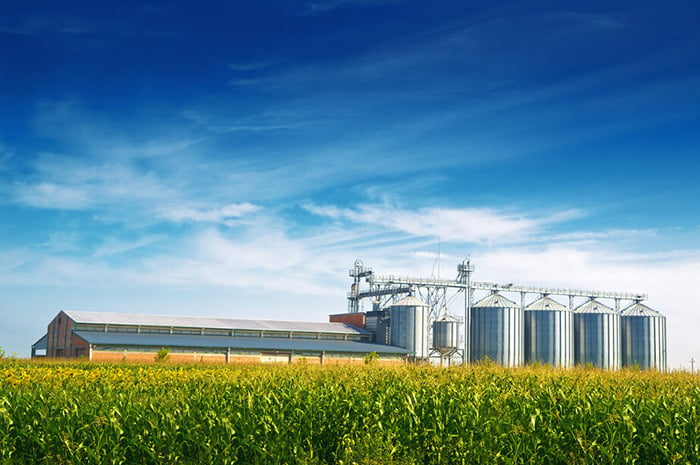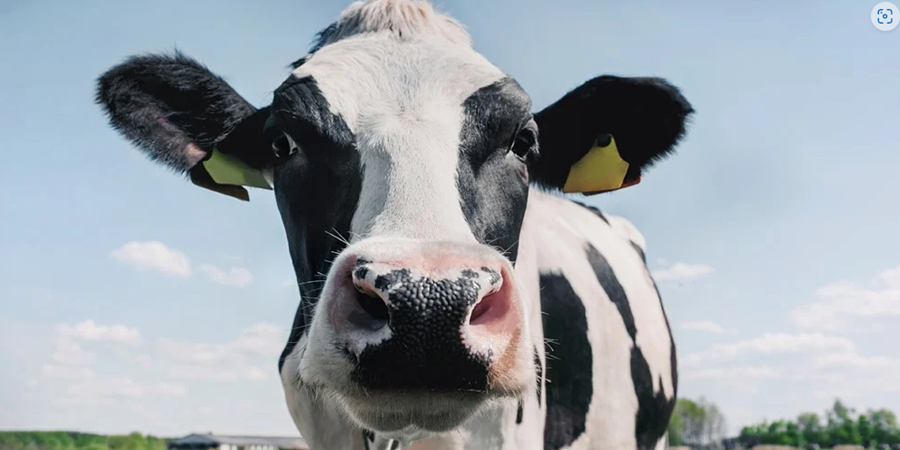National Ag Day is March 22, and we can’t let the day pass without noting that ag power is alive and well in Minnesota. It’s more than just another day of feeding the world. It’s a time to take pride, and give yourself a pat on the back. To help you celebrate, we rounded up some fun facts about the many contributions you as producers contribute to our state and its economy.
If you create a social post of your farm to share with the world, we hope one of these fun facts about Minnesota agriculture helps you get the word out.
Is Minnesota a good place to farm?
With its rich topsoil and ample rainfall, Minnesota offers some of the best agricultural conditions around.
Minnesota is home to 67,400 farming operations.
- 96% are family owned
- Average farm size is 375 acres
Minnesota’s top 5 ag commodities:
Odds are strong that any one of these 67,000 operations produces one of these five commodities:
- Corn
- Soybeans
- Hogs
- Dairy
- Cattle
How much of Minnesota land is dedicated to agriculture?
Total number of Minnesota acres operated for agricultural use: 25.4 million acres.
- Because the state itself has 51.2 million acres of land, that’s pretty darn close to half!
What grows on these 25 million acres?
By and large, corn and soybeans are the top crops.
- 7.8 million acres of corn valued at $7.46 billion
- 7.65 million acres of soybeans valued at $4.67 billion
Other crops include hay, wheat, sugar beets, oats and barley.
Fun facts about Minnesota dairy
We don’t boast of our dairy cred as much as our neighbors to the east. When you consider we have 460,000 milk cows in the state and 10.5 trillion pounds of milk production, we have plenty to be proud of. Here are some fun facts:
Minnesota ranks fourth in the U.S. in value of manufactured dairy products.
- Did you know…? 48% of its dairy manufacturing is cheese production.
Minnesota also ranks:
- 6th in cheese production ($5 billion)
- 8th in milk production
- 8th in dairy product exports ($190 million)
- Did you know…? Roughly 44% of our dairy exports go to China and Mexico.
Fun facts about Minnesota corn
Did you know that half of U.S. corn production comes from four states: Iowa, Illinois, Minnesota and Nebraska? Now's a good time to give a shout-out to sweet corn, because Minnesota is the second-highest producer of the summertime favorite in the U.S.
What is Minnesota corn used for?
- Ethanol: 26.6%
- Livestock feed: 38.7%
- Exports: 17.5%
Where does Minnesota export its corn?
Minnesota is the fourth largest corn exporter in the U.S., exporting to:
- Mexico
- Colombia
- Japan
- South Korea
- Taiwan
Source: USDA
Minnesota Soybeans
Minnesota is the third highest producer in soybeans in the U.S. and one quarter of Minnesota’s ag exports is soybeans.
What are Minnesota Soybeans used for?
- Half the soybeans grown each year get processed in regional facilities to make soy meal to feed livestock.
- The other half gets shipped overseas to be made into tofu and other soy-based foods.
Source: Minnesota Soybean
Where are Minnesota soybeans exported?
- China
- Mexico
- Indonesia
- Japan
- Taiwan
Minnesota ag demographics
Here’s a look at some of the demographics for Minnesota farmers, according to the USDA’s Ag Census.
Average age of a farmer: 56.4 years
New and young producers
- Young producers: 8,889
- New and beginning producers: 23,347
Minnesota female producers
- Any producer is female: 32,384
- Principal producer is female: 18,246
Minnesota male producers
- Any producer is male: 65,159
- Principal producer is male: 63,636
How many producers work outside the farm?
Primary occupation
- Farming: 48,165
- Non-farming: 48,849
Thank you, farmers!
Minnwest Bank wants to celebrate the accomplishments of our wonderful Minnesota farmers and producers who contribute to our economy and our dinner plates!
When it comes to your finances, whether it's cash-management tools, operation loans or crop insurance, Minnwest Bank's ag bankers have the expertise to guide you. We live and work in your community, and most of our ag bankers have firsthand experience on the farm, so we know what's at stake.
Find an ag banker at your local Minnwest Bank and let us know how we can help!


